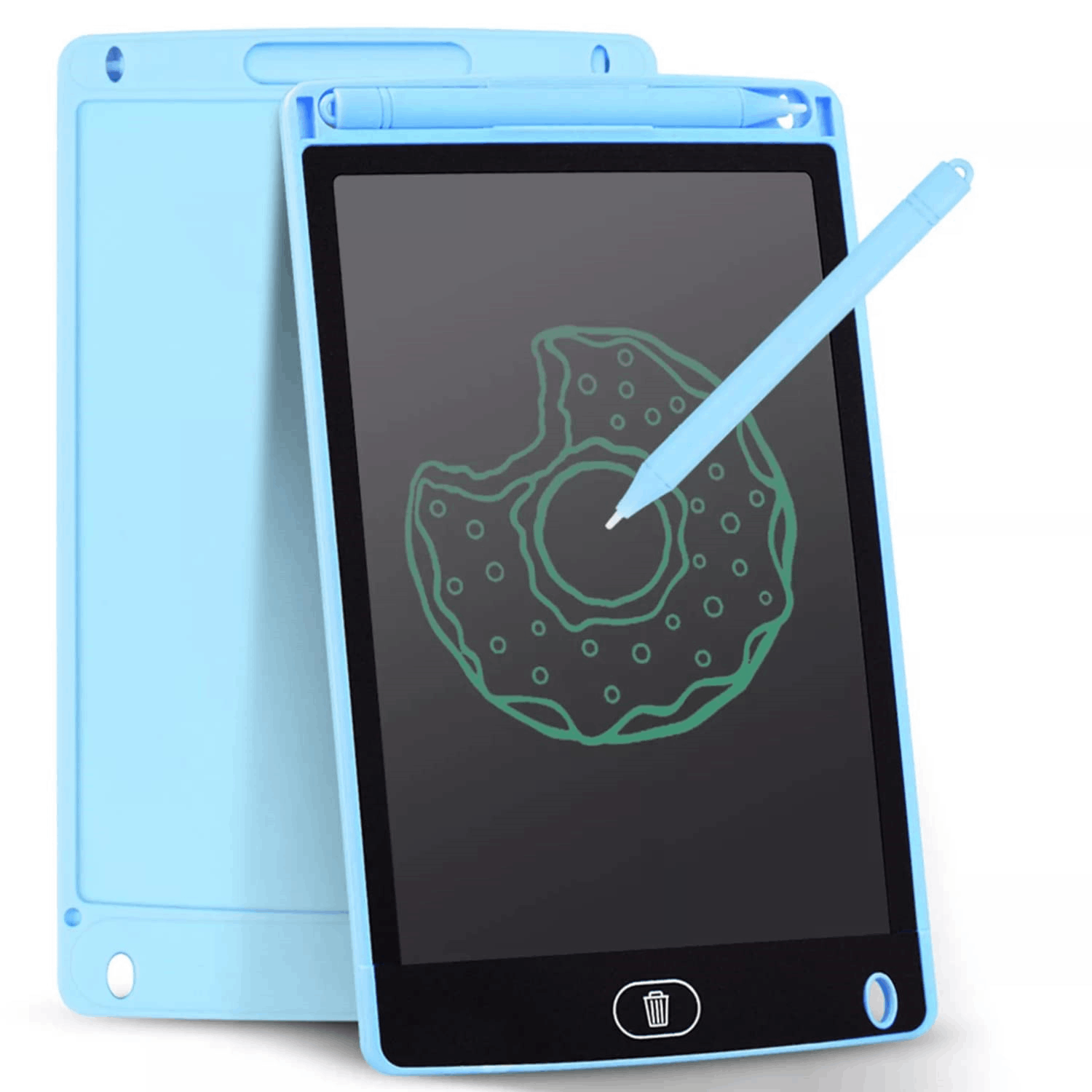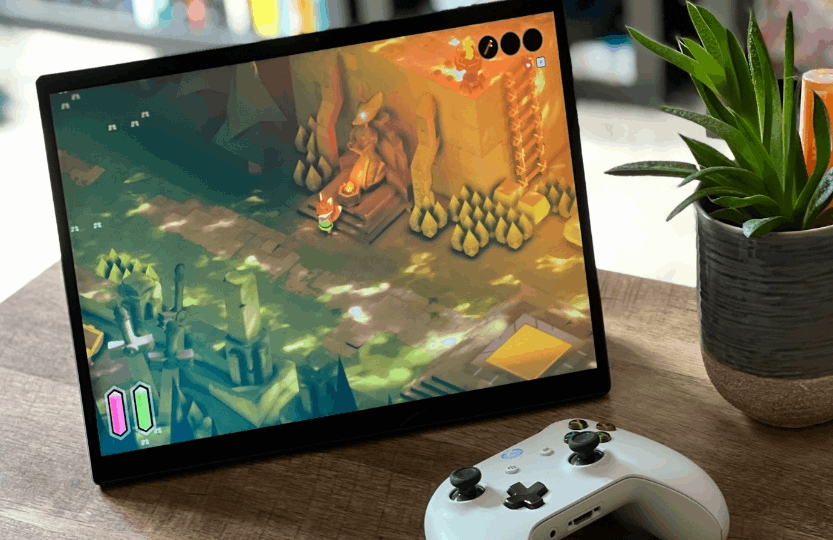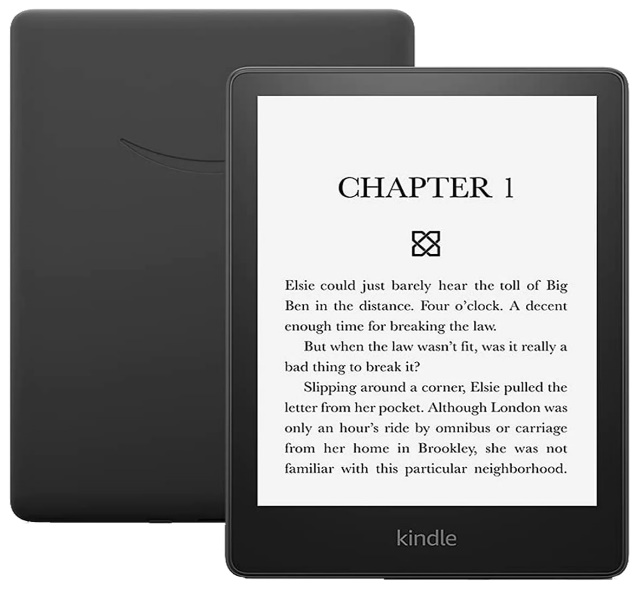What is Tablet?
A tablet is a mobile computing device typically featuring a flat touchscreen display designed for portable use. Tablets are generally larger than smartphones but smaller than laptops and offer a range of functions and capabilities, such as web browsing, video playback, email, gaming, and various productivity applications. They are powered by an operating system (Android, iOS, or Windows) and can be connected to the internet via Wi-Fi or cellular data networks. Some tablets also have cameras, speakers, and other features, making them versatile tools for work and entertainment.

History of tablet
The history of tablets dates back to the early 1990s when several companies, including Apple, released early versions of tablet devices. However, it wasn't until 2010, when Apple released the iPad, that the tablet became a mainstream product and a significant force in the tech industry.
The first tablet-like devices, called "tablet computers," were developed in the early 1990s by companies such as GRiD Systems and Microsoft. These devices were designed for specialized uses, such as healthcare and fieldwork, and were typically quite expensive. They had limited processing power and used a stylus for input.
In 2002, Microsoft released the Tablet PC, which was a more advanced version of its earlier tablet computers. The Tablet PC featured handwriting recognition software and a touch screen, making it more user-friendly than its predecessors. However, it was still relatively expensive and gained little popularity.
It was with the release of the iPad in 2010 that tablets became mainstream products. The iPad was a game-changer in the industry, offering a large, high-resolution touch screen and a user-friendly interface. It was also more affordable than previous tablet devices, making it accessible to a wider range of consumers.
Following the success of the iPad, other companies began releasing their own tablet devices, such as the Samsung Galaxy Tab and the Amazon Kindle Fire. These devices offered similar features to the iPad, including touch screens and app stores.
Today, tablets are a popular product, with many consumers using them for entertainment, work, and communication. They have also found use in various industries, such as healthcare, education, and retail.
Types of Tablets
Several types of tablets are available on the market, each with different features and capabilities. Some of the common types of tablets are:
- Traditional Tablets: These are the most common type of tablet, featuring a large touchscreen display, a slim design, and a range of apps and software. They typically run on an operating system like Android, iOS, or Windows and can be used for various purposes, such as web browsing, gaming, video playback, and productivity.
- Convertible Tablets: These tablets are designed for both a tablet and a laptop. They feature a detachable keyboard that allows users to switch between a laptop and a tablet form factor.
- Gaming Tablets: These tablets are designed for gaming and feature high-resolution displays, powerful processors, and advanced graphics capabilities. They are typically larger and more powerful than traditional tablets, allowing for more immersive gaming experiences.

- Kids Tablets: These are designed for young children and feature rugged construction, parental controls, and age-appropriate apps and games. They are often more affordable than traditional tablets and are a popular choice for families.
- E-Readers: These tablets are designed primarily for reading e-books and typically feature a black-and-white e-ink display that is easy on the eyes. They may also have features such as long battery life, built-in lighting, and the ability to download e-books from an online website.

- Business Tablets: These tablets are designed for business use and typically feature advanced security features, built-in productivity software, and the ability to connect to corporate networks. They may also include features like a stylus or a detachable keyboard for note-taking and other tasks.
- Large Format Tablets: These tablets are larger than traditional tablets and typically feature a screen size of 10 inches or more. They are often used for applications such as digital signage, point-of-sale systems, and conference room displays.
Properties of tablet
Tablets are handheld computing devices that typically feature a touchscreen display and are designed for mobile use. Here are some common properties of tablets:
- Display: Tablets have a flat touchscreen display that is typically between 7-12 inches, although some may be larger. The display is often high-resolution, making it ideal for viewing videos, reading, and browsing the internet.
- Operating System: Tablets run on various operating systems, including Apple's iOS and Google's Android. Each operating system offers a unique user interface and app ecosystem.
- Processing Power: Tablets typically have a high-powered processor that allows for smooth performance, even when running multiple apps or processing-intensive tasks.
- Battery Life: Tablets have a built-in battery that can last for several hours of continuous use, making them ideal for use on the go.
- Wireless Connectivity: Most tablets offer Wi-Fi and Bluetooth connectivity, allowing users to connect wirelessly to the internet and other devices.
- Cameras: Tablets typically have one or two cameras, with the front-facing camera primarily used for video calls and the rear-facing camera for taking photos and videos.
- Storage: Tablets come with built-in storage, typically 16GB to 256GB, and some offer expandable storage via a microSD card.
- Portability: Tablets are lightweight and portable, making them easy to carry around and use.
- Touchscreen Input: Tablets are designed for touchscreen input, allowing users to interact with the device using their fingers or a stylus.
Advantages of Tablets
Tablets have become increasingly popular over the past decade due to their portability, convenience, and versatility. Some of the advantages of using a tablet include the following:
- Tablets are lightweight and compact, making them easy to carry. They are perfect for on-the-go use, whether you are traveling or commuting.
- Tablets are equipped with a touchscreen, which provides a more intuitive and interactive user experience. You can use gestures such as tapping, swiping, and pinching to navigate and interact with apps.
- Tablets typically have longer than laptops or smartphones. You can use them on a single charge for several hours, making them ideal for long flights or road trips.
- Many tablets allow for multitasking, which means you can run multiple apps at the same time. This feature is useful for productivity and entertainment purposes.
- Tablets typically have larger screens than smartphones, making them ideal for activities such as watching movies, browsing the internet, or reading e-books.
- There are a wide variety of apps available for tablets, including productivity tools, social media apps, games, and more. Many apps are optimized for tablet screens, providing a better user experience.
- Tablets are generally less expensive than laptops, making them a cost-effective option for those who need a device for basic computing tasks.
Overall, tablets provide a convenient and portable option for users who need a device for entertainment, productivity, or basic computing tasks.
Disadvantages of tablet
While tablets have many advantages, there are also some disadvantages to consider:
- Tablets generally have less processing power than laptops, which can limit their ability to run demanding applications.
- Most tablets have limited internal storage, making storing large files such as movies or music difficult. However, many tablets now have expandable storage options, such as microSD cards.
- Tablets typically have limited connectivity options compared to laptops. For example, they may not have Ethernet ports, making connecting to a wired network difficult.
- Tablets rely on touchscreens for input, which can be less efficient than using a keyboard and mouse for certain tasks. This can make tasks such as typing or editing documents more difficult.
- Tablets are generally more fragile than laptops or desktops, making them more susceptible to damage from drops or impacts.
- While many tablets allow multitasking, the limited screen real estate can make it difficult to work on multiple tasks simultaneously.
- Unlike laptops or desktops, tablets often have limited customization options or upgrade components, such as RAM or storage.
Overall, while tablets offer many advantages, their limitations in processing power, storage, connectivity, and input options may make them less suitable for certain tasks or use cases.
How does a tablet work in brief?
A tablet works by using a combination of hardware and software components to perform various tasks. When you turn on a tablet, the operating system (such as Android or iOS) loads and provides a user interface that allows you to interact with the device using your fingers or a stylus.
When you touch the screen, the tablet's touch sensors detect the location and movement of your fingers and translate them into commands sent to the processor. The processor then executes these commands and sends the appropriate data to the tablet's memory, which is stored temporarily.
The tablet's software applications, such as web browsers, email clients, and games, use the processor and memory to perform various tasks, such as browsing the web, sending emails, and playing games. These applications communicate with the tablet's hardware components, such as the camera, speakers, and microphone, to provide you with a complete user experience.
The tablet's battery provides power to all of these components, allowing the tablet to function without being plugged in. Overall, tablets provide a versatile and portable computing experience that is designed to be easy to use and highly portable.
Manufacturing of Tablets
The manufacturing of tablets involves several stages, including design, production, assembly, and testing. Here are the basic steps involved in the manufacturing of tablets:
Design: The first step in tablet manufacturing is designing the product. This includes designing the circuit boards, selecting the components, and creating the mechanical design.
Production: The components are manufactured once the design is finalized. This includes manufacturing circuit boards, processors, memory, displays, and other components. These components are then tested to ensure they meet quality standards.
Assembly: The next step is assembling the tablet—the other fasteners. The battery is installed, and the tablet is connected to a display, touch sensors, and other input/output components.
Testing: After assembly, the tablet is tested to ensure it functions properly. This includes testing the touch screen, Wi-Fi connectivity, camera, microphone, speaker, and other components. Any defects or issues are identified and addressed before the tablet is shipped to the customer.
Packaging: The tablet is packaged in a box with accessories such as charging cables, user manuals, and other documentation. The tablet is shipped to distributors, retailers, or directly to the customer.
Overall, tablet manufacturing involves a complex process that requires full attention to detail to ensure quality production of Form.